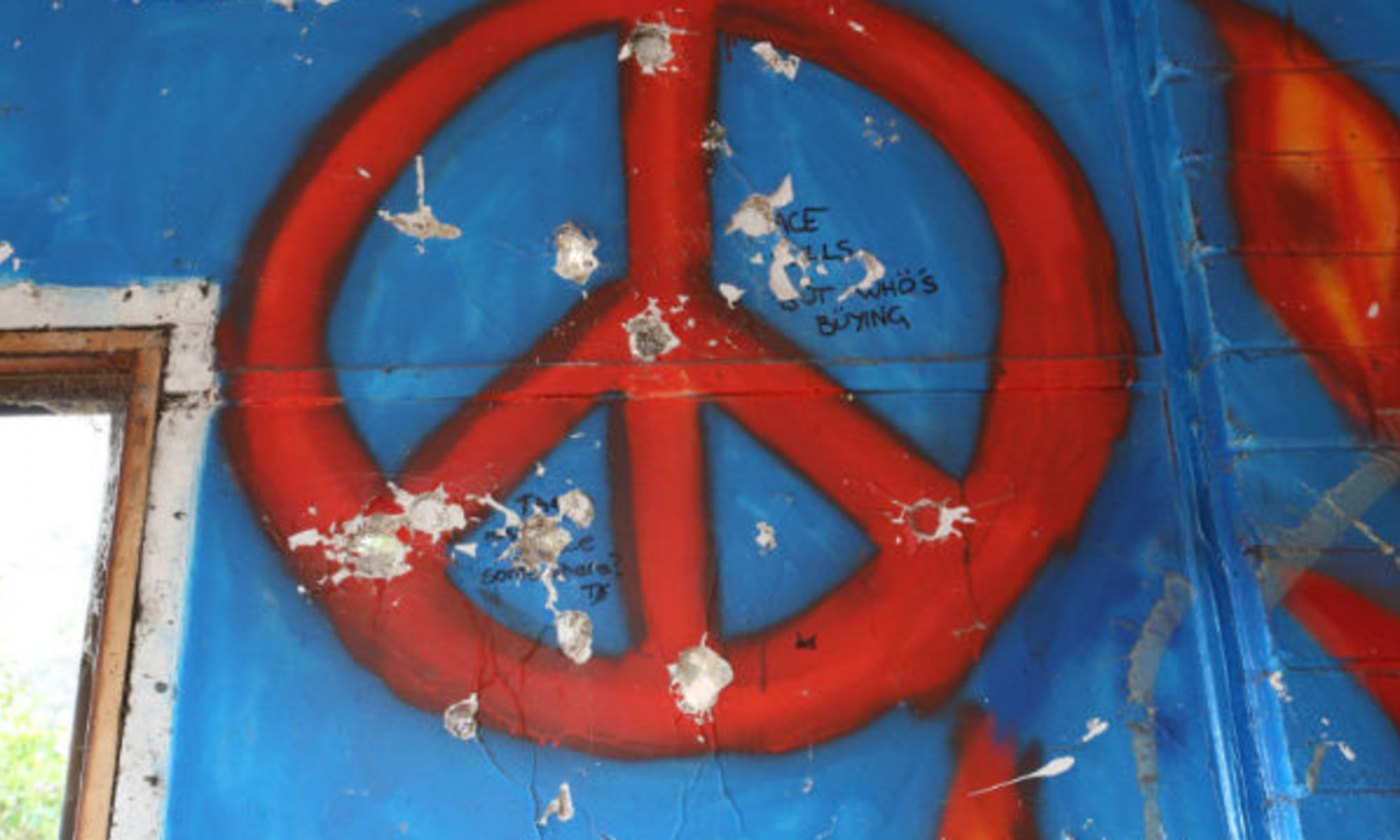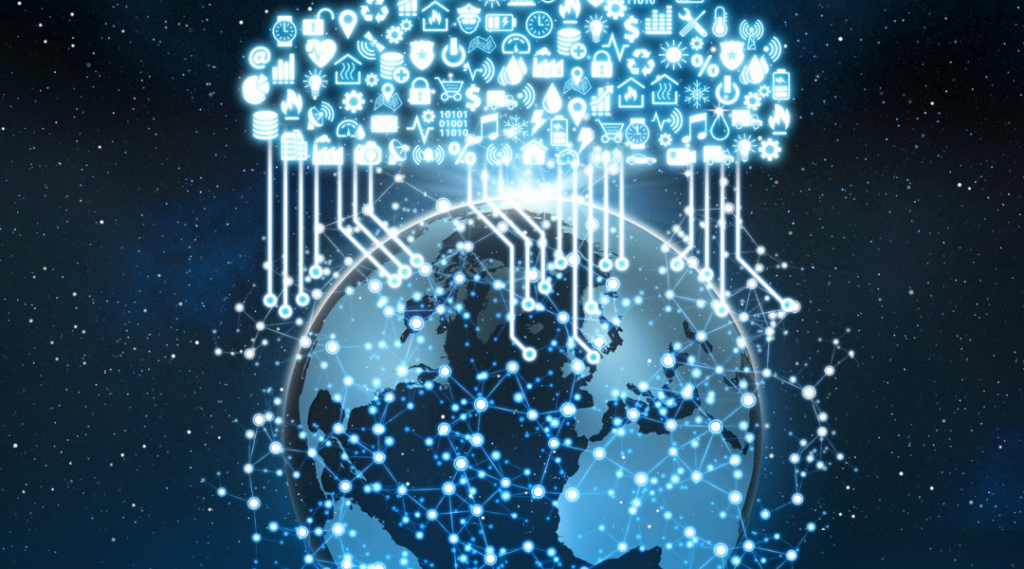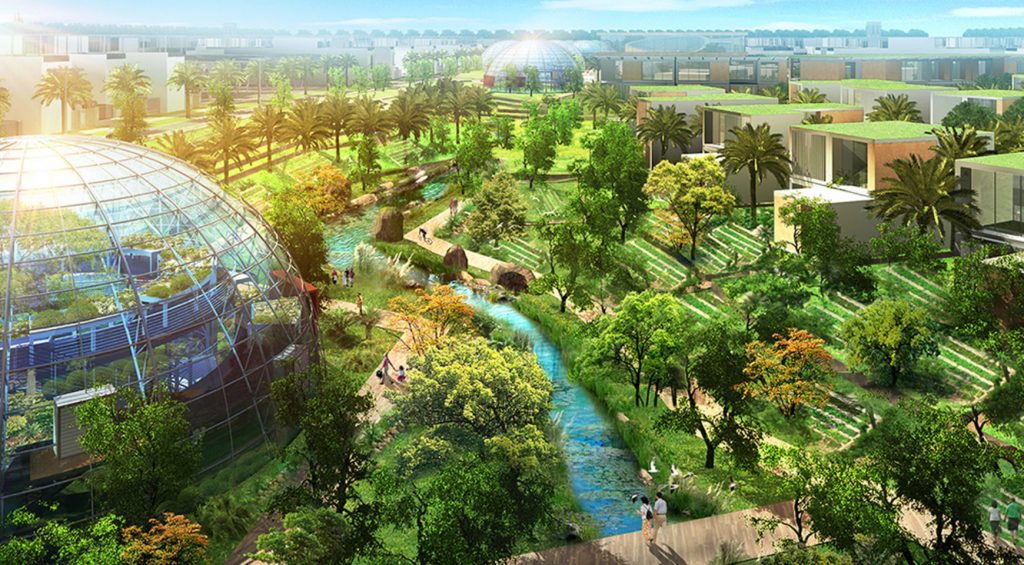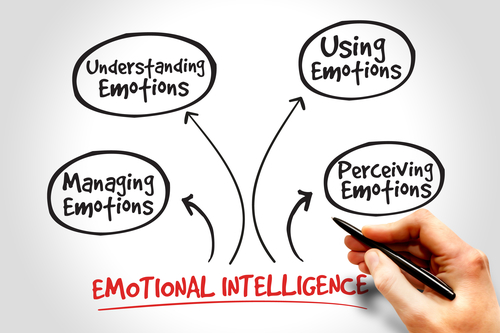By: Sarah Inskeep

One of the biggest challenges for me in thinking about the work I want to take part in as a peacebuilder is figuring out what my long-term goals are. I tend to seek to a broad conceptual understanding of things before diving into the details, and I like to have a clear idea of what it is I’m working toward, with points marked to measure my progress. In working for peace, however, it’s difficult to determine conceptually what a peaceful world would look like because peace could never be a static state. That being the case, it’s difficult to know what kinds of goals are realistic to strive for in a single lifetime.
The ultimate goal, of course, is a peaceful world. By that, I don’t mean a world without conflict — for, as a friend always says, “Conflict is an invitation to start a conversation, and that’s a beautiful thing.” What I mean, what I seek, is a nonkilling world, a nonviolent world. Yes, life requires life, but it does not require the extent of preventable sufferings that exist in the way we presently live. Surely, something better is possible.
It’s strange to think that this world I seek is one I will probably never see. Knowing this, it’s difficult for me to say exactly what I want to accomplish while I am here. What is reasonable? Is reasonable even the right word? I do not want to end up settling for something less than I might be capable of and yet, at once, worry that I will never feel I’ve done enough.
These are the thoughts on my mind as I reflect on our closing discussion this evening, about the future of our field. It’s easy, thinking about these things, to drift into a very solemn state. This time, though, I find I am reminded of a gift from one of my professors last semester: a single candle.
Why am I thinking of that candle now? Because it seems to me that so many of the stories I’ve heard these past few weeks – from our visitors, from my fellow students, from Pushpa – were stories that exhibit the ability of a even a single candle to illuminate the darkness. They were stories that remind me of the preciousness of the the time we have to share with those around us, and of the courage it takes to live in an honest way.
Often in the past I have felt shy to talk about peace for fear of being called an idealist, and shy to talk about conflict issues for fear of accidentally angering someone. Now, though? Now, I want to try to do differently. Though I still value careful consideration, I want to ensure I am no longer just waiting for someone else to give the signal. I don’t know for sure how it’ll all turn out, and there are still so very many uncertainties, but I no longer want to shy away from them. Instead, I want to stay with them as long as I can, to use my time here to shine what light I can on the world around me, because I have seen what things have been done and created by others who decided to do the same.
“All you can do is your best,” another friend once told me. Whenever I feel like it’s impossible for me to do enough, I remember those words. Then, I look around at all of those who are doing their best, too — and suddenly, the darkness does not seem so vast.

“The delight of building peace?
Like fishing, it is the pursuit of what is elusive,
but attainable,
a perpetual series of occasions for hope.“
– From John Paul Lederach’s ‘Building Peace’ –










